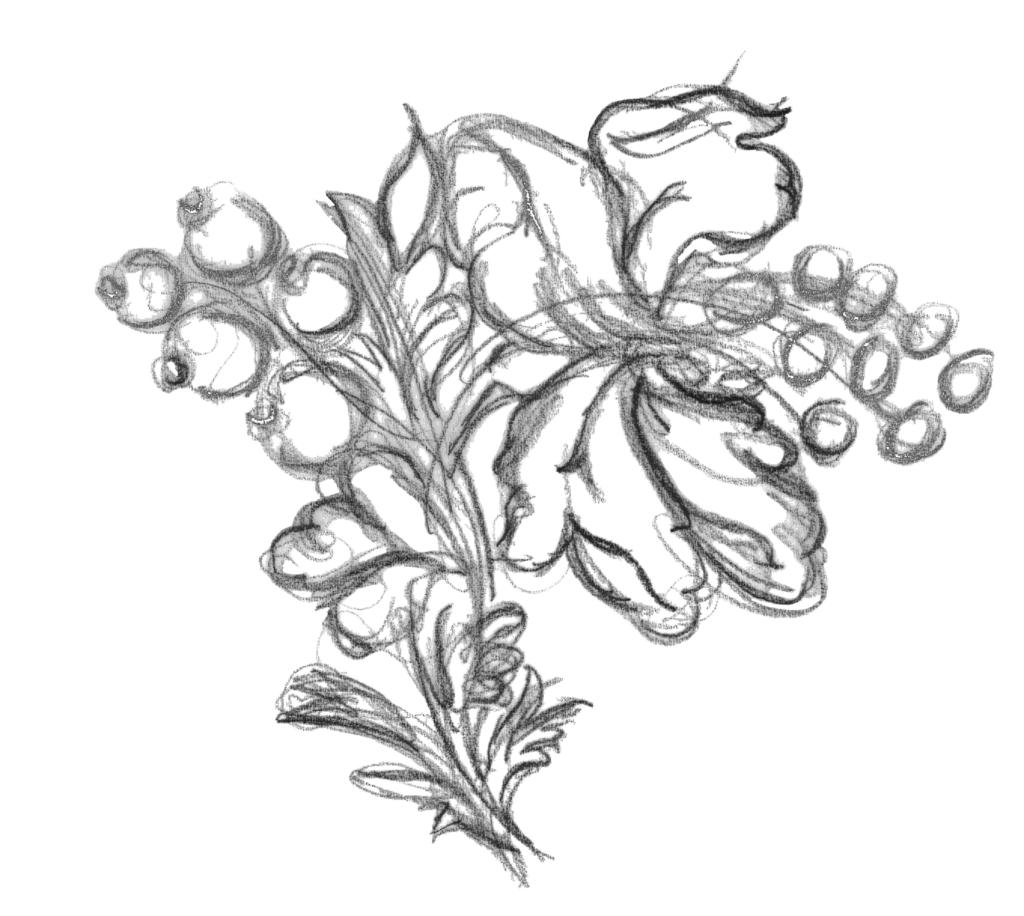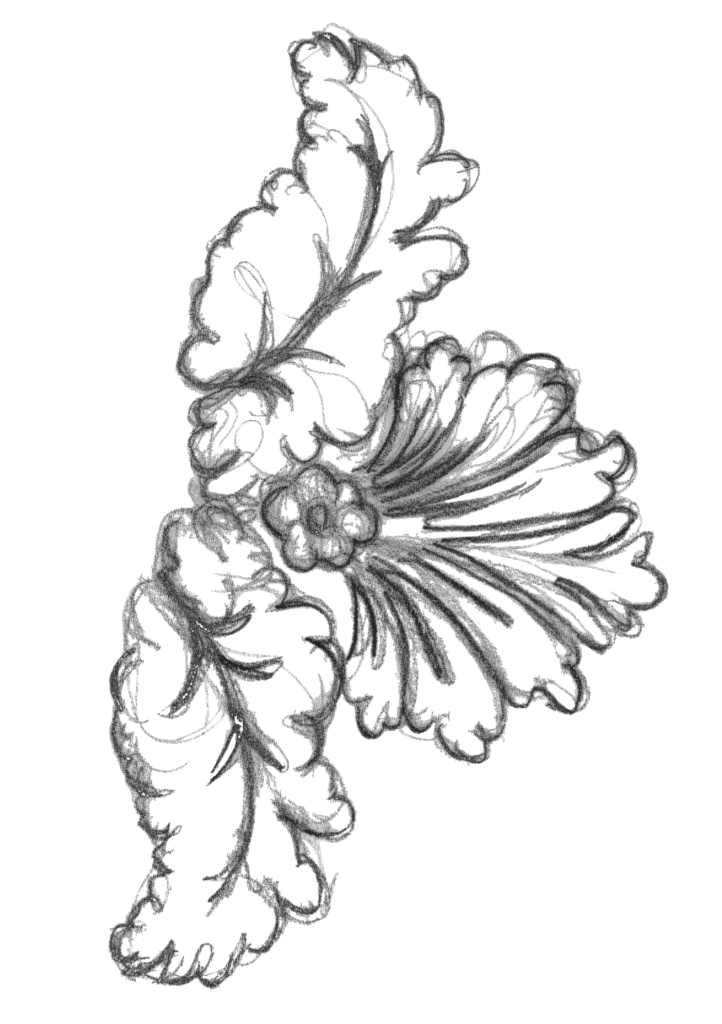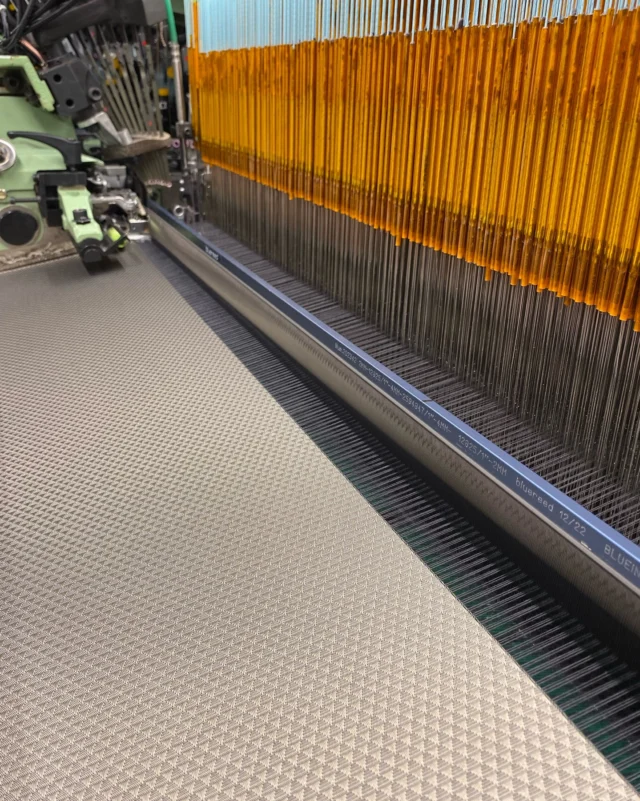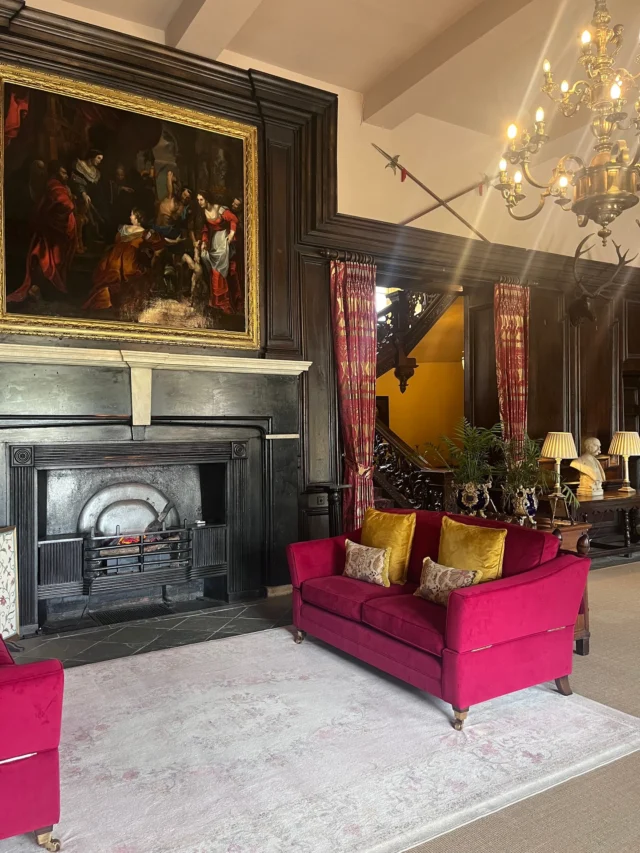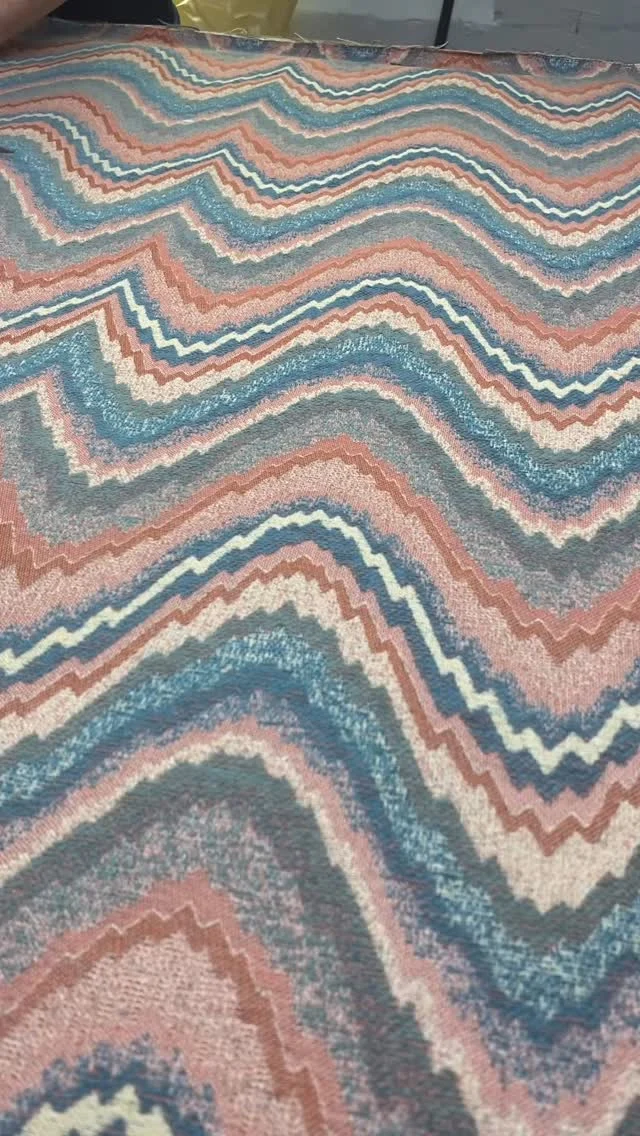A fabric produced by weaving two layers, one above the other, in the same loom; these are bound together by binder warps or binder wefts.
A heavy Jacquard woven fabric is woven in silk, linen, cotton, worsted wool and man-made fibres. Traditionally woven with satin and sateen weaves. The reversible pattern is distinguished from the background by contrasting lustre. The satin features in the ground of the fabric, unlike a Brocatelle. T
A colour that is uniquely developed outside of our stock warp and stock weft ranges.
A system for measuring the fineness or thickness of yarn by spinners, weavers and knitters. In Scotland the term is known as grist. In all other English-speaking countries the term count is used. All fibres originally had their own count system, now much replaced by New Metric (NM) systems.
